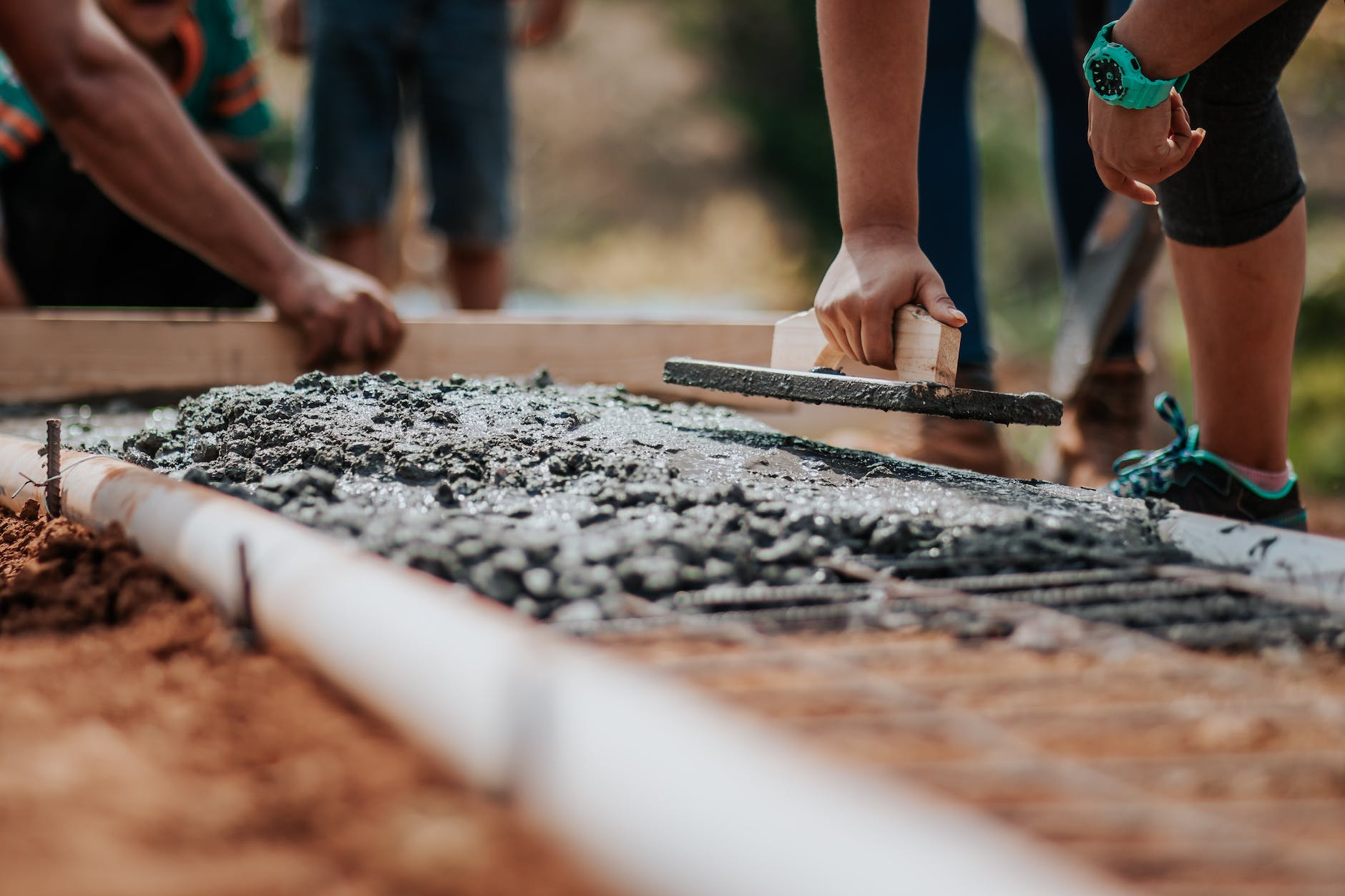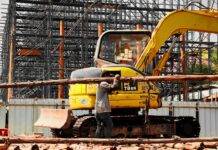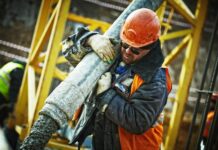
Construction Hazards and Precautions: Ensuring Safety on the Job
Construction Hazards and Precautions : In the world of construction, safety is paramount. Every day, construction workers face various hazards that can lead to accidents and injuries. To mitigate these risks and ensure a safe working environment, it’s crucial to be aware of potential hazards and take proactive precautions. In this comprehensive guide, we will explore construction hazards and the necessary safety measures to protect workers and prevent accidents.
Introduction
Construction is a dynamic and essential industry, but it comes with its share of risks. Workers in this field face a wide range of hazards, from working at heights to handling heavy machinery and hazardous materials. Without proper precautions, these hazards can lead to accidents, injuries, and even fatalities. In this article, we will delve into the various construction hazards and explore the preventive measures and safety protocols necessary to protect both workers and the integrity of construction projects.
Understanding Construction Hazards
Common Types of Hazards
Construction sites are rife with potential dangers. These hazards include:
- Falling Hazards: Working at heights without proper safeguards can result in falls.
- Electrical Hazards: Contact with live wires or faulty electrical equipment can cause electrocution.
- Hazardous Materials: Mishandling chemicals and materials can lead to toxic exposures.
- Machinery Accidents: Operating heavy machinery without proper training can be dangerous.
- Environmental Hazards: Extreme weather conditions and environmental factors can pose risks.
The Impact of Hazards
Construction accidents can have devastating consequences, both for individuals and projects. Accidents lead to worker injuries, medical expenses, project delays, and legal ramifications. Prioritizing safety is not just about protecting lives; it’s also about safeguarding the bottom line and reputation of construction companies.
Preventive Measures
Personal Protective Equipment (PPE)
One of the fundamental ways to mitigate construction hazards is through the use of personal protective equipment (PPE). Workers should wear appropriate gear, such as hard hats, safety vests, goggles, and steel-toed boots, to minimize the risk of injury.
Training and Education
Comprehensive training and ongoing education are crucial for construction workers. They should be well-versed in safety procedures, equipment operation, and hazard identification. Regular safety training programs should be conducted to keep workers informed and vigilant.
Regular Equipment Inspections
Routine inspections of construction equipment are vital to ensuring safe operation. Faulty machinery can lead to accidents, so regular checks and maintenance are essential to prevent breakdowns and malfunctions.
Safety Protocols
Fall Protection
Falls are a leading cause of construction accidents. Installing guardrails, safety nets, and personal fall arrest systems can prevent injuries from elevated falls.
Electrical Safety
Electrical accidents can be fatal. Workers should be trained to identify electrical hazards and follow safety protocols when working with electricity. Regular electrical system inspections are also essential.
Hazardous Materials Handling
Proper storage, handling, and disposal of hazardous materials are critical. Workers should be aware of the materials they are dealing with and follow strict safety procedures to avoid exposure.
Construction Site Safety
Site Organization and Cleanliness
A cluttered and disorganized construction site is a breeding ground for accidents. Maintaining a clean and organized work environment reduces the risk of tripping, slipping, and other preventable incidents.
Emergency Response Plans
Construction companies should have well-defined emergency response plans in place. Workers should know how to respond to accidents, fires, and other emergencies promptly.
Machine and Equipment Safety
Heavy Machinery Operation
Operators of heavy machinery must be trained and certified. Operating procedures should be followed meticulously to prevent accidents.
Equipment Maintenance
Regular maintenance of construction equipment is essential for safe operation. Timely repairs and servicing can prevent breakdowns and accidents.
Environmental Considerations
Weather-Related Hazards
Construction activities are often weather-dependent. Workers should be prepared for adverse weather conditions and have protocols in place to ensure safety during extreme weather events.
Environmental Impact
Construction can have a significant impact on the environment. Sustainable construction practices should be adopted to minimize environmental harm.
Legal Compliance
Occupational Safety and Health Administration (OSHA) Regulations
Construction companies must comply with OSHA regulations to ensure worker safety. Non-compliance can lead to penalties and legal consequences.
Liability and Insurance
Having the right insurance coverage is essential in case of accidents or injuries on a construction site. Companies should understand their liability and insurance obligations.
Case Studies
Real-Life Construction Incidents
Examining real-life construction incidents can provide valuable insights into the causes and consequences of accidents. Learning from past mistakes is essential for improving safety.
Lessons Learned
Each construction incident should be analyzed to identify lessons and preventive measures. This proactive approach helps in avoiding similar accidents in the future.
The Role of Supervision
Site Supervisors’ Responsibilities
Site supervisors play a critical role in ensuring safety. They should lead by example, enforce safety protocols, and address hazards promptly.
Promoting a Safety Culture
Creating a culture of safety within a construction company is essential. When safety is ingrained in the company’s values, every employee becomes an advocate for safety.
Worker Engagement
Reporting Hazards
Workers should be encouraged to report hazards and near-misses without fear of reprisal. Reporting helps in identifying and mitigating risks.
Encouraging Safety Conversations
Open and regular communication about safety among workers fosters a proactive approach to identifying and addressing hazards.
Future Trends in Construction Safety
Technological Advancements
Innovations like wearable technology, drones, and automation are shaping the future of construction safety. These advancements enhance hazard detection and response.
Sustainable Construction
The construction industry is increasingly adopting sustainable practices, which not only protect the environment but also promote safer working conditions.
Conclusion
Construction hazards are a reality, but they can be managed and minimized through a combination of awareness, training, and proactive safety measures. By prioritizing safety, construction companies can protect their most valuable assets—their workers—and ensure the successful completion of projects without costly setbacks.
What Does HSE Mean in construction?
Construction Site Safety Rules
Fatal Four Hazards in Construction Site
FAQs
- What are the most common construction hazards?
- Common construction hazards include falls, electrical hazards, hazardous materials, machinery accidents, and environmental factors.
- How can workers protect themselves from falling hazards?
- Workers can protect themselves by using personal fall protection equipment and following proper safety protocols for working at heights.
- What are the consequences of not complying with safety regulations?
- Non-compliance with safety regulations can lead to legal penalties, project delays, worker injuries, and damage to a company’s reputation.
- Are there any emerging technologies that enhance construction safety?
- Yes, emerging technologies such as wearable devices, drones, and automation are being used to improve hazard detection and overall safety on construction sites.
- How can construction companies promote a culture of safety among their employees?
- Construction companies can promote a culture of safety through training, supervision, open communication, and by leading by example.
Construction hazards are a serious concern, but with the right precautions and a commitment to safety, the construction industry can continue to thrive while keeping its workers out of harm’s way.
























